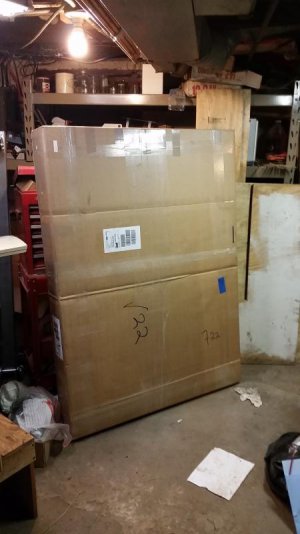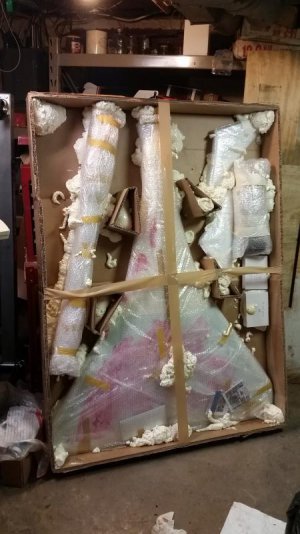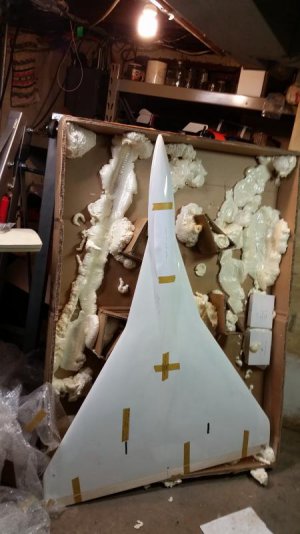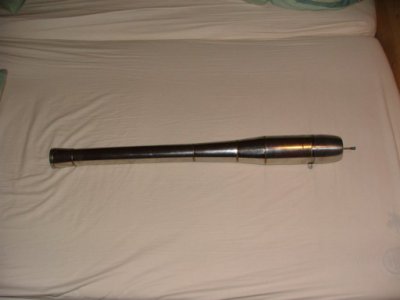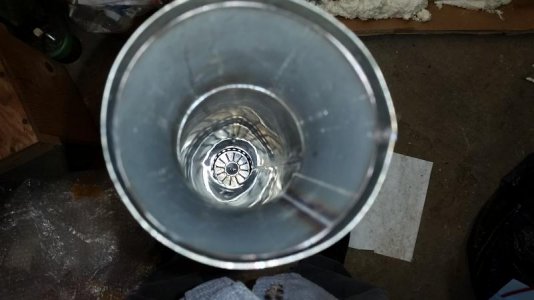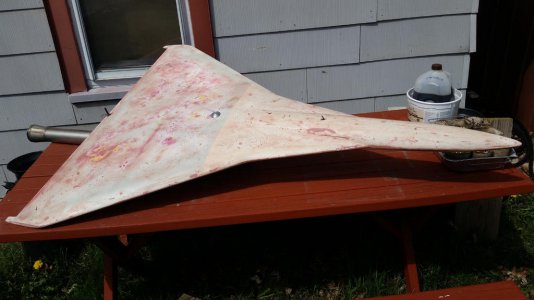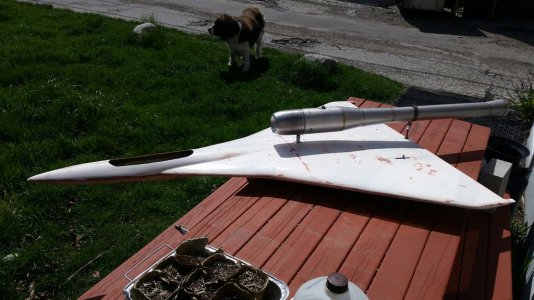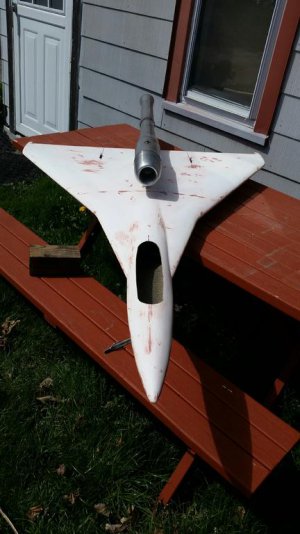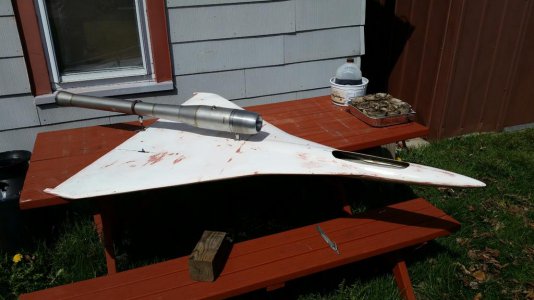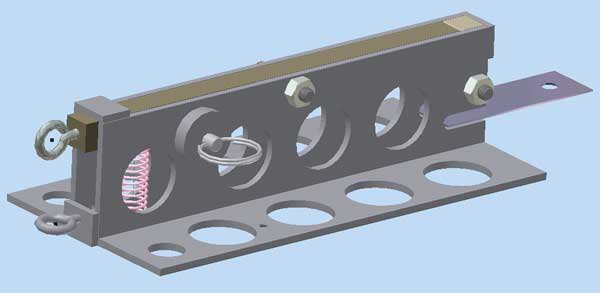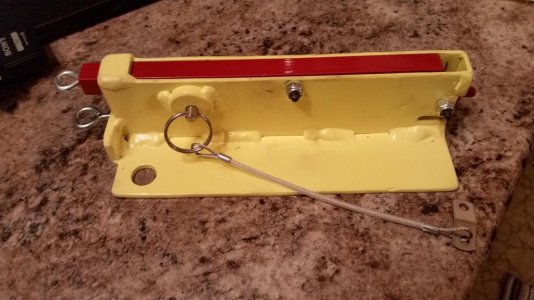- Joined
- Apr 29, 2019
- Messages
- 2,250
I figured I would add in a build thread for a new RC Jet that I am building.
I actually started this a long time ago so I will make a bunch of posts to catch those interested up to date.
Ya I know this ain't machining related. BUT it sure do look like it will be fun.
I just ordered this from Germany, it should be here in about 3 weeks.
Then we get to see just how much trouble I can get myself into.
I know that I am not the only one on this site that messes with RC toys.
This should have a level flight speed of around 400KPH or 250 MPH.


A little more coming out of a dive.
It is called a Super Scout
It has a wingspan of 44 inches and is 61 inches long.
It should have a flying weight of around 14 lbs and the pulse jet engine has about 18 lbs of thrust.
This means it can accelerate even going straight up.
The whole rear half of the engine (the skinny part) will be glowing bright orange while it is running.
It runs on a mixture of 50% gas and 50% diesel, with some 2 stroke oil added to that at a 50:1 mix. Sounds like a nice volatile mixture to me.
Even though it looks like it is a complete aircraft, that is just a fiberglass shell, there is a lot of work that goes into making it flight ready. It will likely take me a very long time to get it built.
Man I hate waiting for toys to show up in the mail.
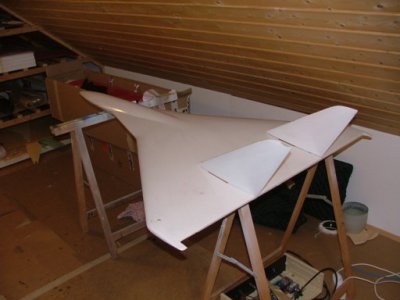
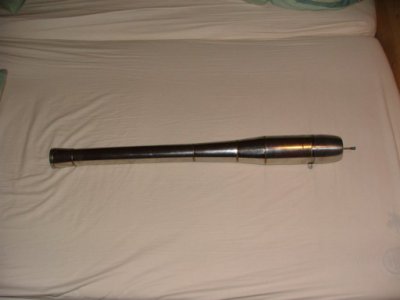
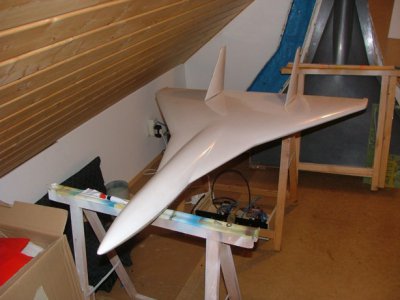
I actually started this a long time ago so I will make a bunch of posts to catch those interested up to date.
Ya I know this ain't machining related. BUT it sure do look like it will be fun.
I just ordered this from Germany, it should be here in about 3 weeks.
Then we get to see just how much trouble I can get myself into.
I know that I am not the only one on this site that messes with RC toys.
This should have a level flight speed of around 400KPH or 250 MPH.


A little more coming out of a dive.
It is called a Super Scout
It has a wingspan of 44 inches and is 61 inches long.
It should have a flying weight of around 14 lbs and the pulse jet engine has about 18 lbs of thrust.
This means it can accelerate even going straight up.
The whole rear half of the engine (the skinny part) will be glowing bright orange while it is running.
It runs on a mixture of 50% gas and 50% diesel, with some 2 stroke oil added to that at a 50:1 mix. Sounds like a nice volatile mixture to me.
Even though it looks like it is a complete aircraft, that is just a fiberglass shell, there is a lot of work that goes into making it flight ready. It will likely take me a very long time to get it built.
Man I hate waiting for toys to show up in the mail.




